NYC Helicopter Tours: A Balancing Act of Thrills and Risks
New York City, a global hub, is also one of the world's most heavily helicopter-trafficked cities. While helicopters play a crucial role in essential services like emergency medical transport and law enforcement, a significant portion of flights cater to tourist sightseeing and private transport, leading to safety and environmental concerns.
<img src="https://media.gettyimages.com/id/1241670457/photo/five-helicopters-circle-the-statue-of-liberty-in-new-york-in-2022-aerial-sighteeing-is-big.jpg?s=612x612&w=gi&k=20&c=L51b0g7_d8h76j6w4pU4fZ4N-bH9R-CqI44_o7e66U=">The Controversy: Noise, Pollution, and Safety
A recent deadly crash involving a tourist helicopter sparked renewed debate about the risks associated with non-essential flights. The noise pollution from these helicopters, particularly the characteristic rotor sound, is a major source of public complaints. Furthermore, the environmental impact is significant, with single-engine helicopters emitting considerably more CO2 than SUVs. The NYC council recently voted to restrict these non-essential flights.
Exploring Alternatives: Electric and Virtual Flights
While electric helicopters are not yet viable for large-scale tourist operations, the development of electric vertical takeoff and landing (eVTOL) aircraft offers a promising, quieter alternative. Companies like Joby are already conducting demonstration flights, showcasing the potential for significantly reduced noise pollution.
Another innovative solution proposed is a virtual flight experience. Imagine flight simulator pods equipped with immersive high-resolution screens, allowing users to virtually control drones on pre-programmed routes over iconic landmarks. This would offer a safer, quieter, and environmentally friendly way to enjoy the thrill of a New York City aerial tour.
The Future of NYC Airspace
The future of helicopter tourism in New York City is uncertain. Striking a balance between the economic benefits of the industry and the concerns about noise, pollution, and safety remains a crucial challenge. Innovative alternatives, such as eVTOLs and virtual flight simulations, offer potential solutions for a more sustainable and responsible approach to aerial sightseeing. The debate continues to unfold.

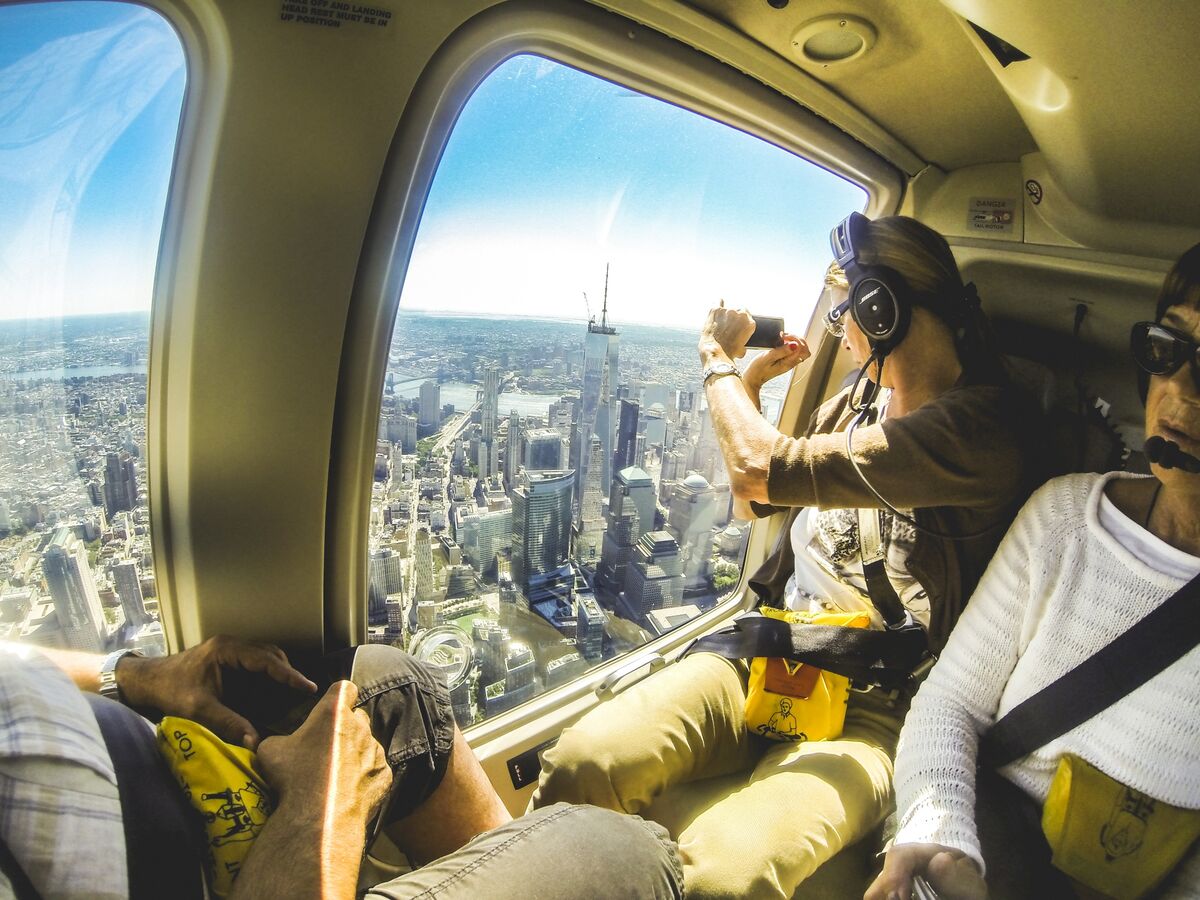


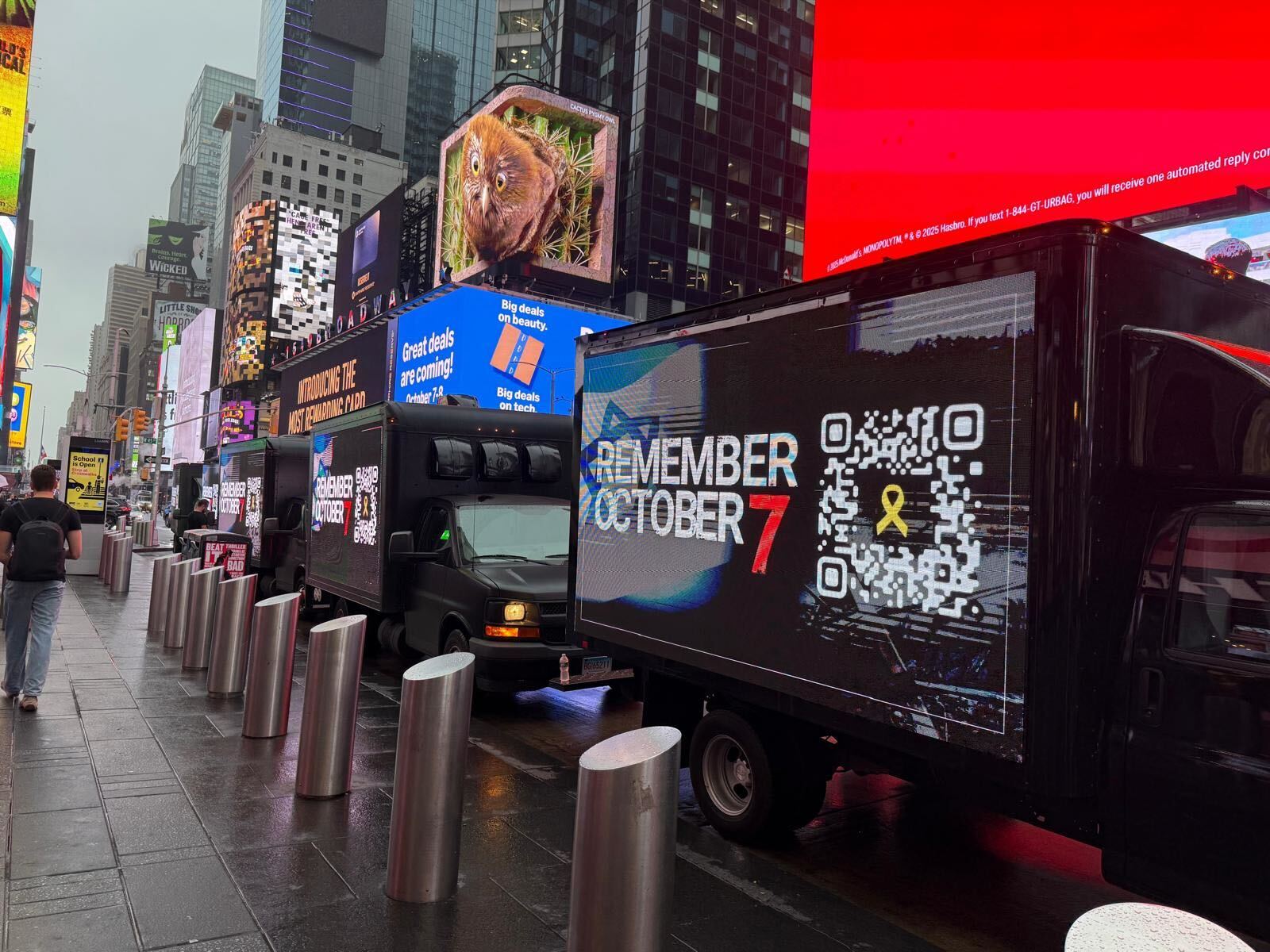
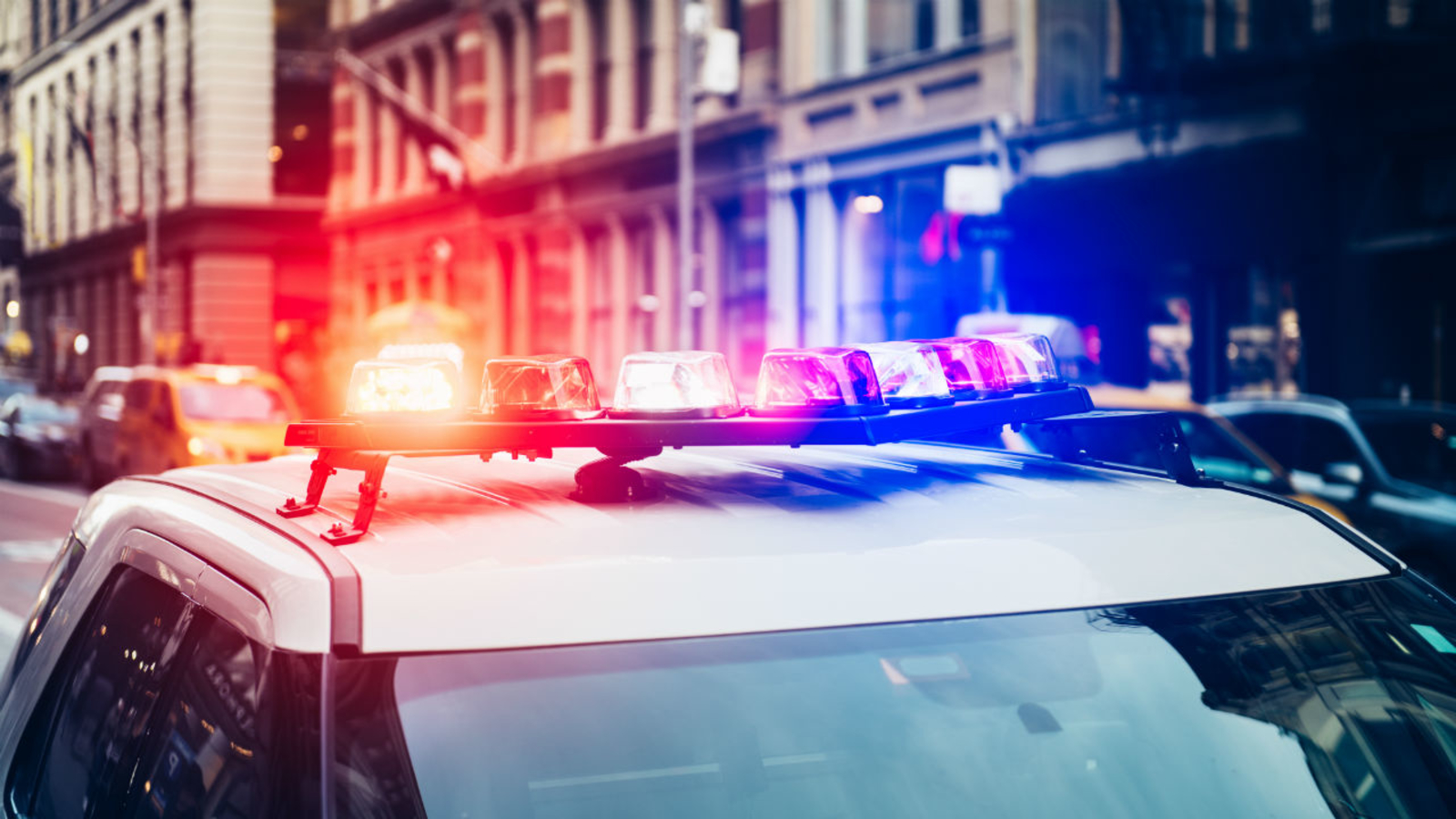

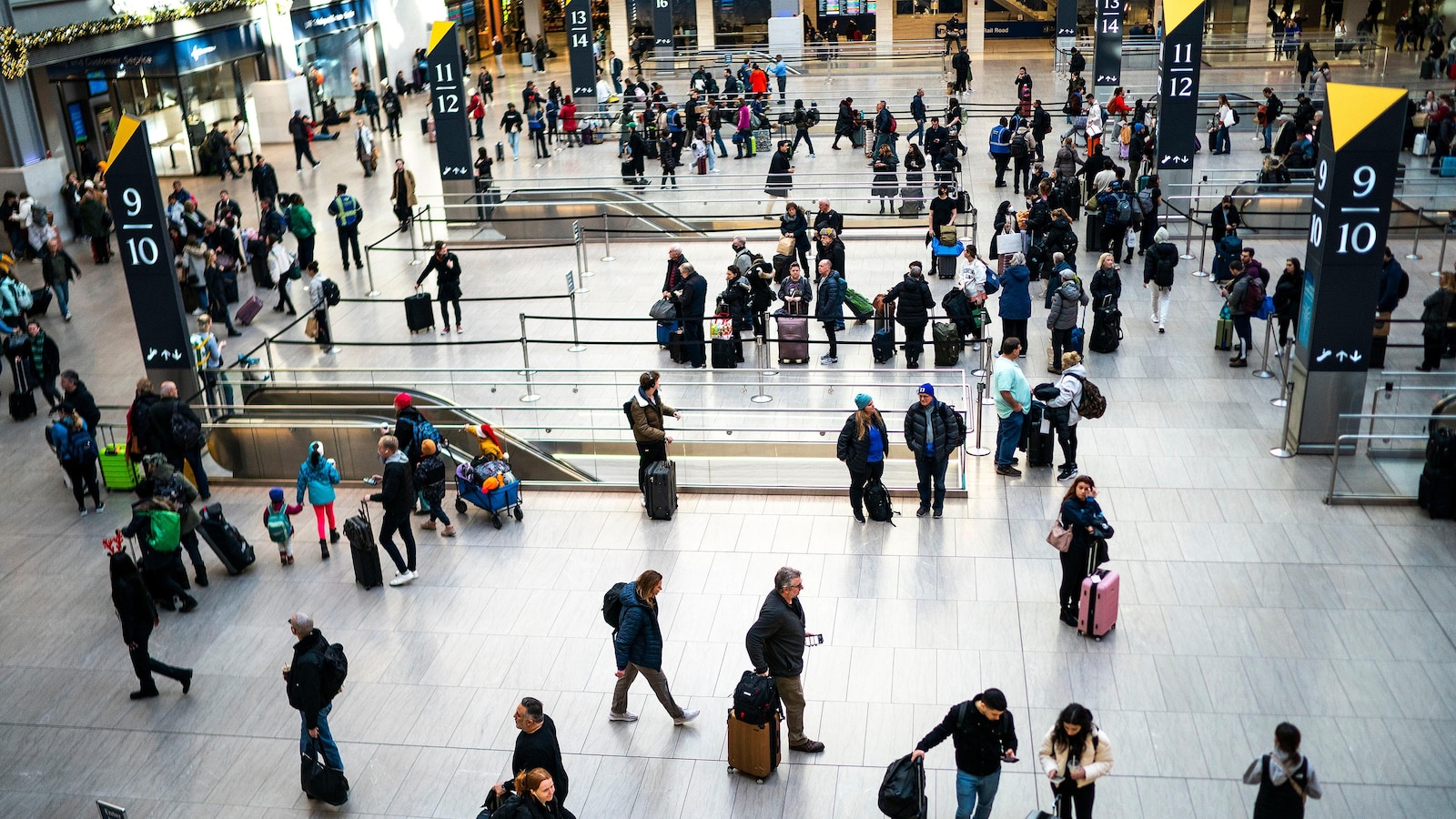


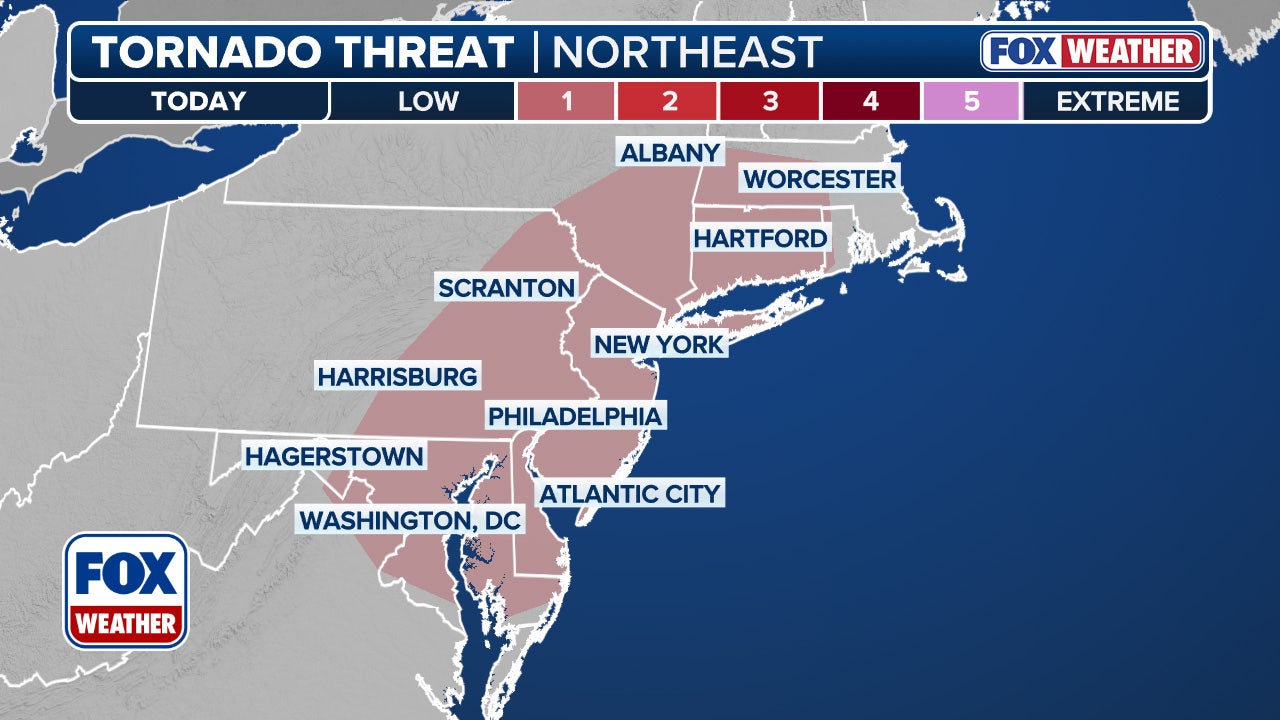
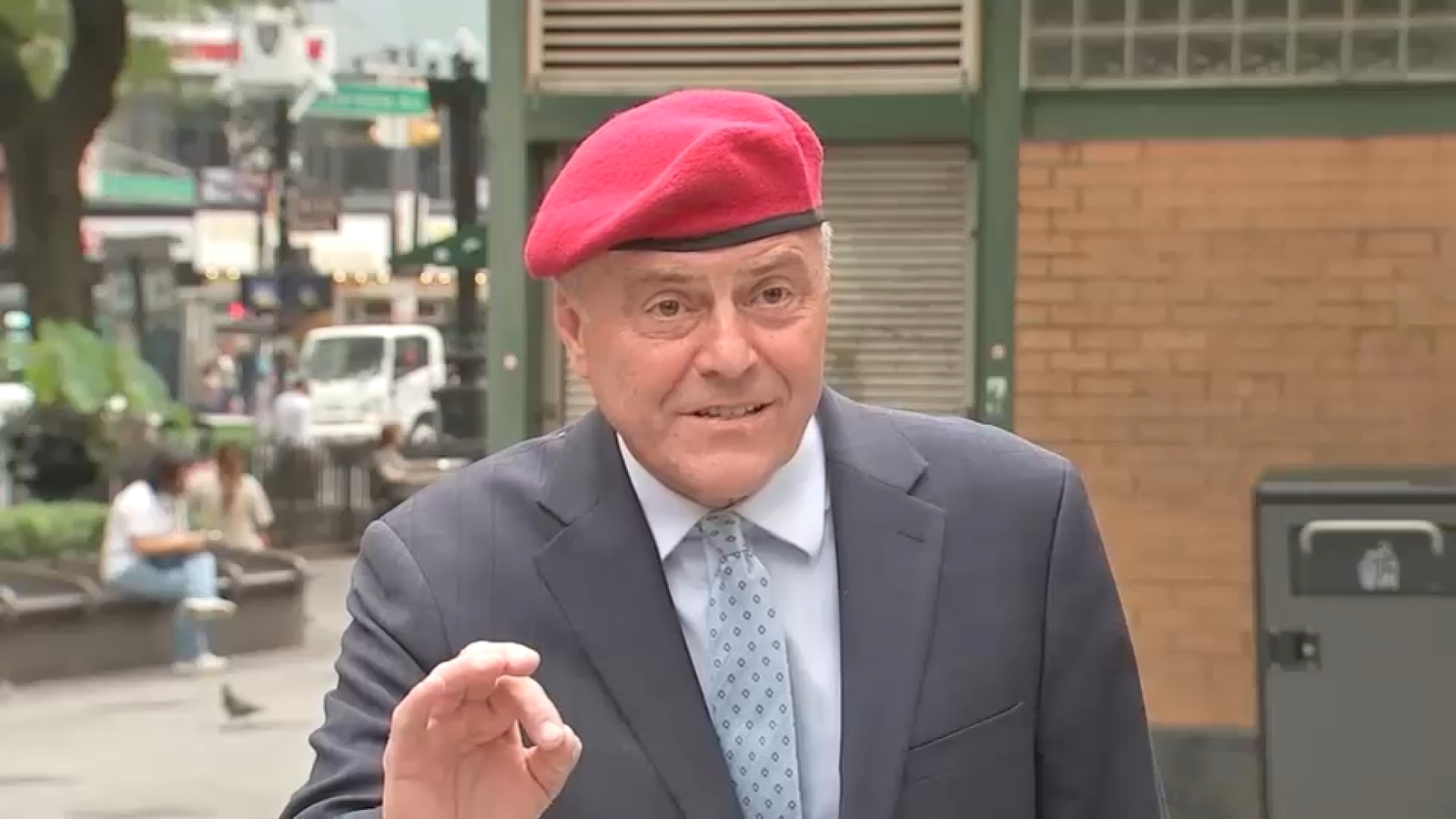



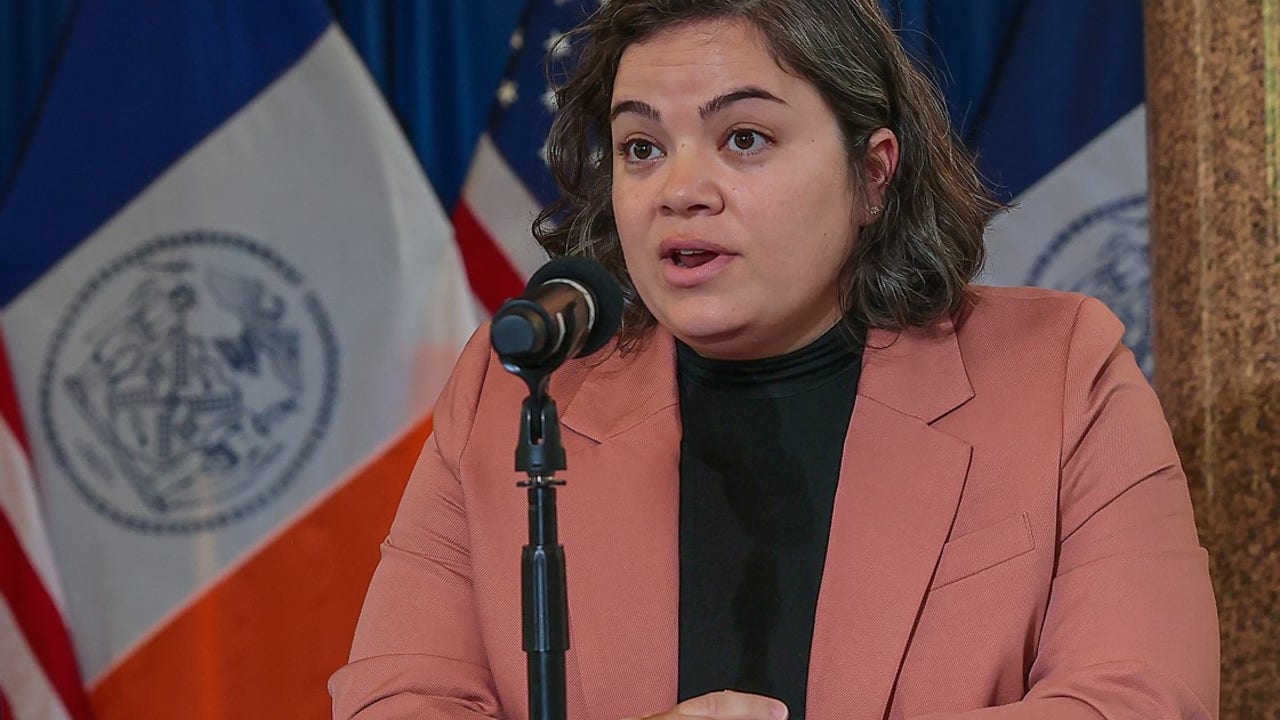



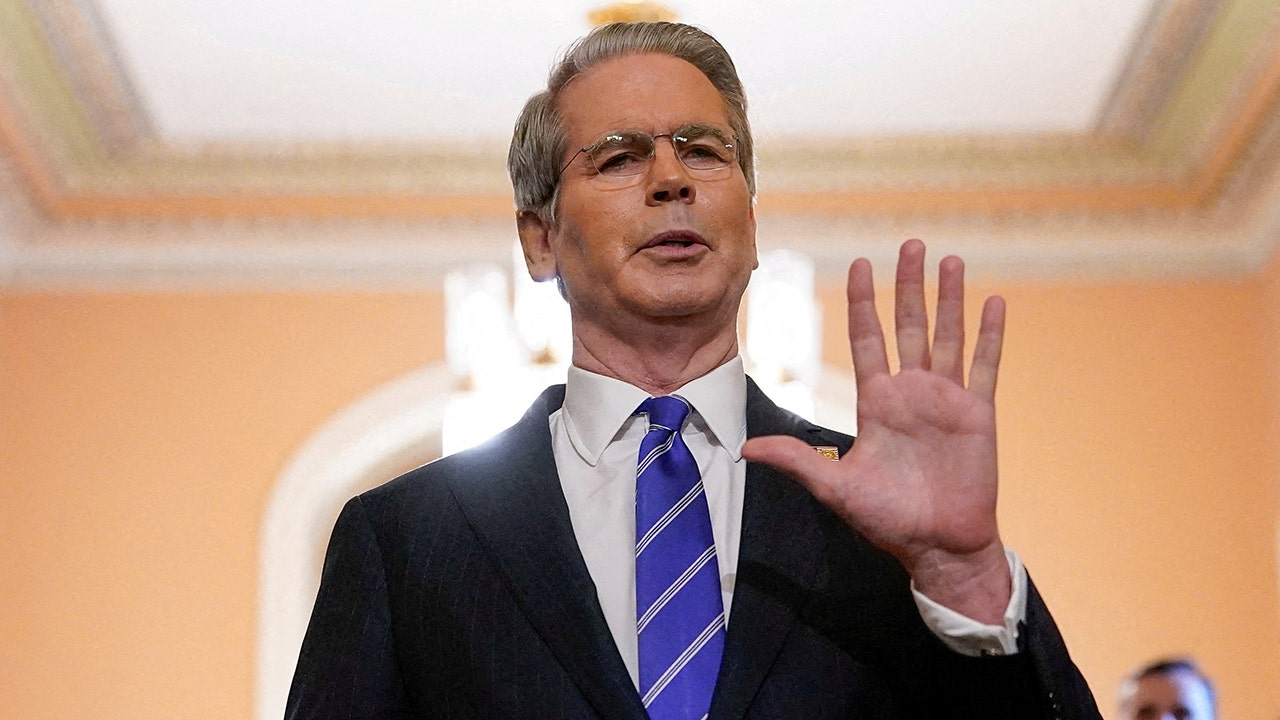
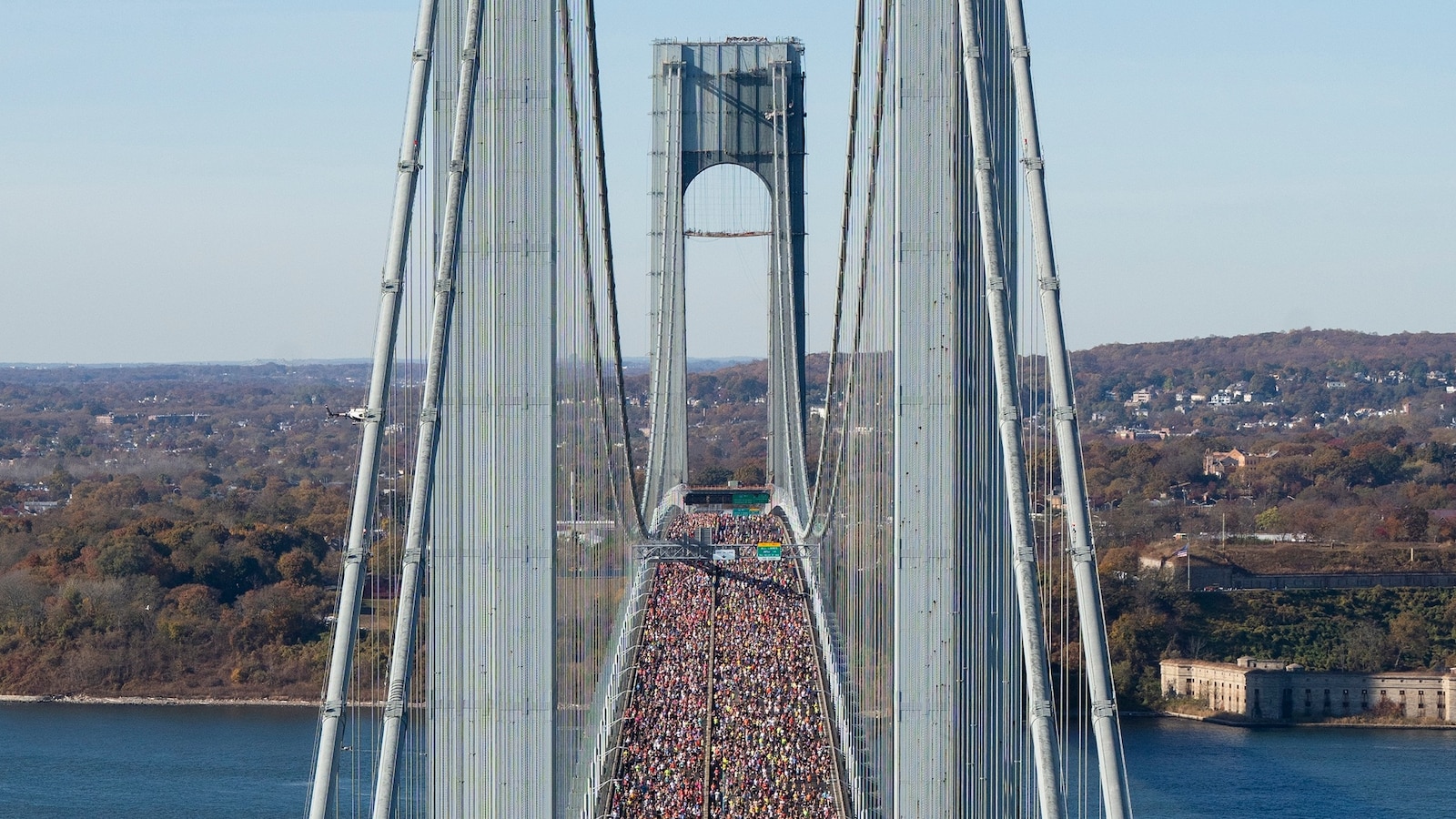



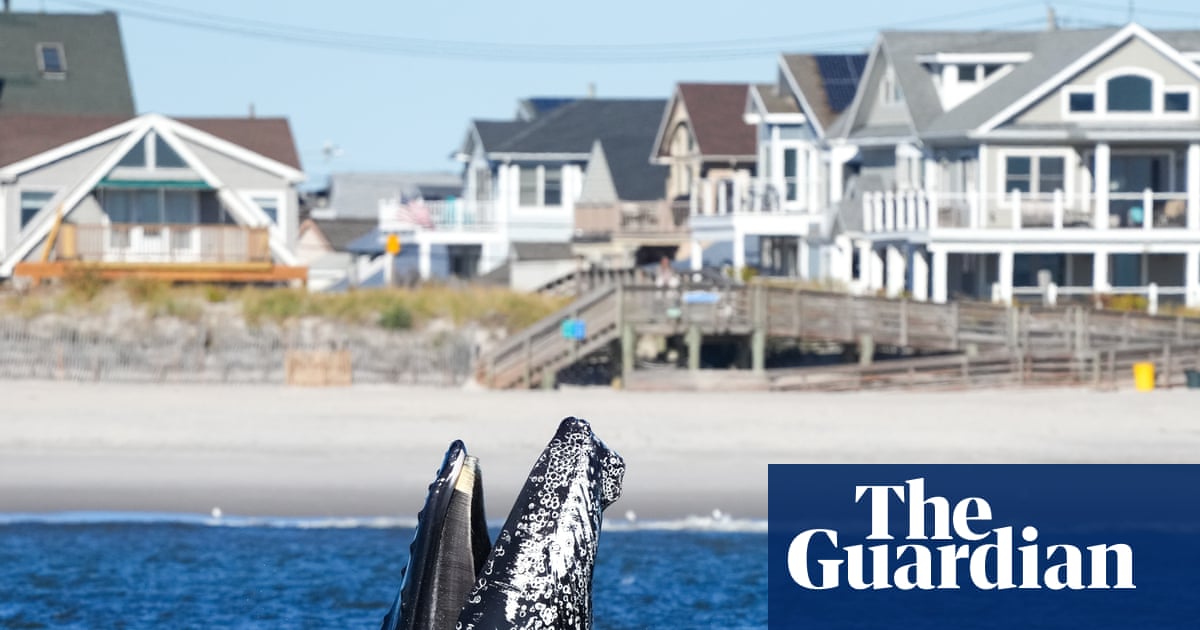
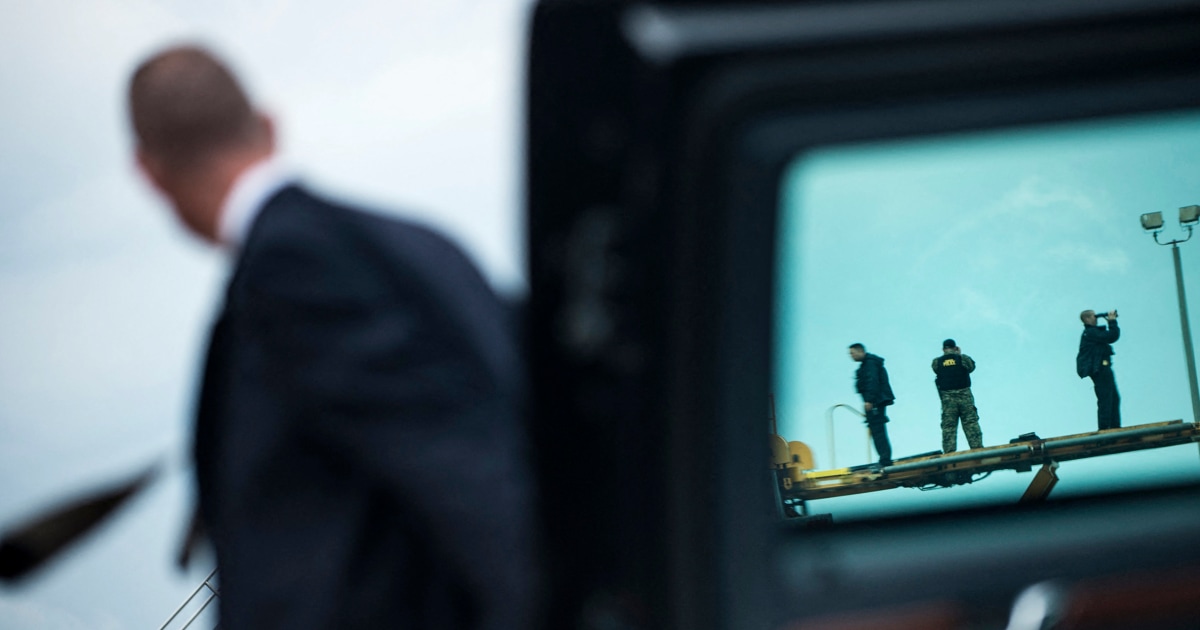
Comments
Join Our Community
Sign up to share your thoughts, engage with others, and become part of our growing community.
No comments yet
Be the first to share your thoughts and start the conversation!